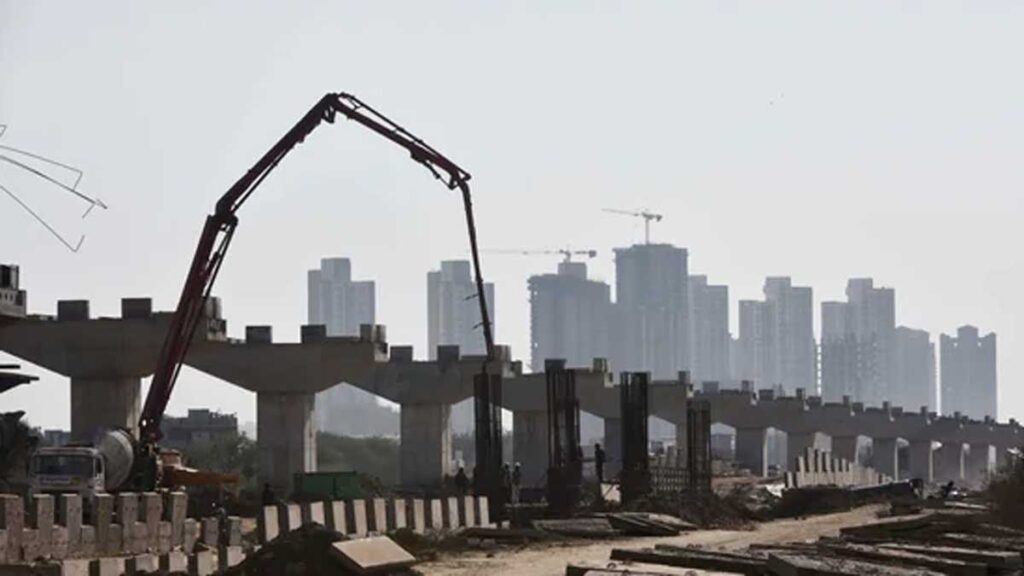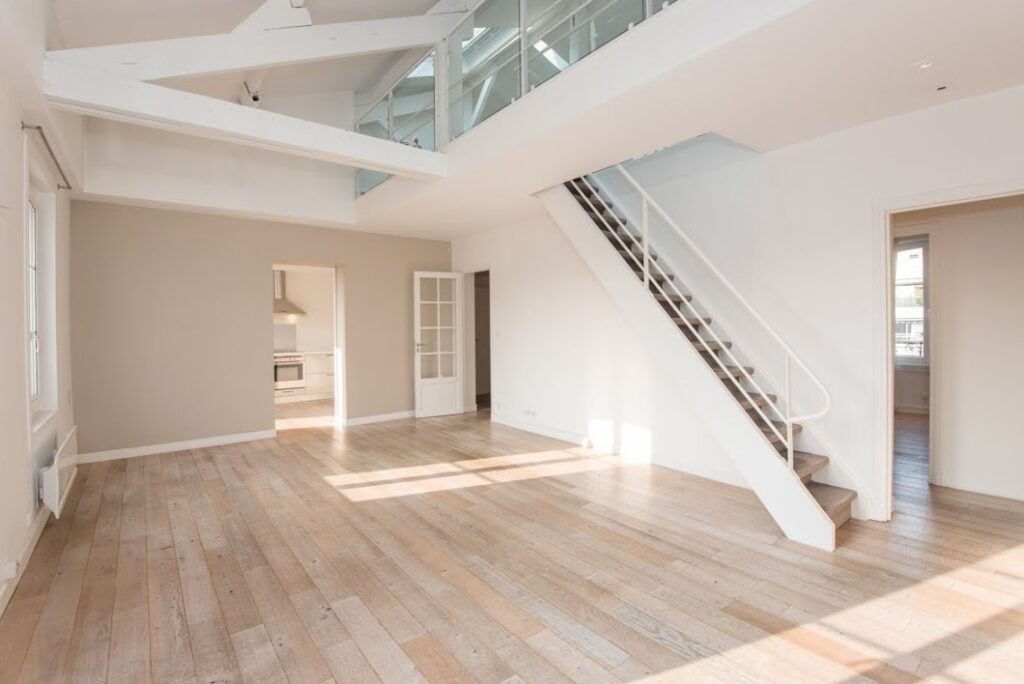
Understanding Return on Investment (ROI)
Return on investment (ROI) is a measure used to estimate the efficiency or profitability of an investment or compare the efficiency of a number of different investments. ROI approaches directly measure the amount of return on a particular investment relative to the investment’s cost.
The benefit (or return) of an investment is divided by the cost of the investment to calculate ROI. The result is expressed as a percentage or a ratio.
To calculate ROI, divide the difference between the current value of the investment and the cost of the investment by the cost of the investment.
“Current value of investment” refers to the profits obtained from the sale of the investment of interest. ROI is easily comparable to other investment returns because it is measured as a percentage, allowing a variety of investment types to be compared.
ROI is popularly used because of its versatility and simplicity. Essentially, it is used as a rudimentary gauge of an investment’s profitability. This could be the ROI a company expects on expanding a factory, the ROI on a stock investment, or the ROI generated in a real estate transaction.
The calculation itself is not overly complicated, and it is relatively simple to interpret given its wide range of applications. If the ROI on investment is net positive, it is probably worthwhile. However, if other opportunities with higher ROIs are available, these signals can assist investors in eliminating or selecting the best options. Besides, investors should avoid negative ROIs, which imply a net loss.
For instance, suppose A invested Rs 1,000 in Slice Pizza Corp. in 2017 and sold the shares one year later for a total of Rs 1200. Now, divide the net profits (Rs 1200 minus Rs 1000) by the investment cost (Rs 1,000) to calculate an ROI of 20%.
Now, this information will give you an idea to compare the investment in Slice Pizza with any other projects. Suppose A also invested Rs 2000 in Big Sale Stores Inc. in 2015 and sold the share for a total of Rs 2,800 in 2018. The ROI on A’s holdings in the big sale would be 40%.
Limitations of ROI
The above example reveals the limitations of using ROI, particularly when comparing investments. While A’s ROI was double that of the first investment, the time between purchase and sale in the first and second investments was one year and three years, respectively.
A could adjust the ROI of the multi-year investment accordingly. One could divide the entire 40% by three to obtain the average annual ROI, which is 13.33% annualized. These adjustments show that the second investment earned more profit, while the first investment was actually a wise decision.
ROI can be used in conjunction with the rate of return (RoR), which takes into account a project’s time frame. You can also use net present value (NPV), which accounts for differences in the value of money over time due to inflation. The application of NPV when calculating the RoR is often called the real rate of return.
ROI developments
SROI was created in the late 1990s to account for the broader impacts of projects using extra-financial value (i.e., social and environmental metrics not currently reflected in conventional financial accounts). Lately, investors and businesses have shown their interest in the development of new forms of ROI, called SROI, or “social return on investment.”
SROI helps to understand the value proposition of certain environmental, social, and governance (ESG) criteria used in socially responsible investing (SRI) practices.
For example, a company may want to recycle water in its factories and replace all of its lightings with LED bulbs. These tasks have an immediate cost that may have a negative impact on the traditional ROI. However, the net benefit to society and the environment could lead to a positive SROI.
There are some other new variations of ROIs that have been developed for specific purposes. The efficiency of social media campaigns is determined by the social media ROI, which shows the number of clicks or likes achieved per unit of effort. Similarly, the return attributable to advertising or marketing campaigns is determined by the marketing statistic ROI.
Understanding ROI in simple terms
ROI (return on investment) tells you how much money you’ve made (or lost) on an investment or project after accounting for its cost.
How to Calculate Return on Investment (ROI)?
Return on Investment (ROI) is obtained by dividing the gained profit on an investment by the cost of that investment. For instance, an investment with a profit of Rs 100 and a cost of Rs 100 would have an ROI of 1 or 100% when expressed as a percentage. However, ROI is a quick and easy way to estimate the success of an investment, but it has some significant limitations. For instance, ROI is unable to reflect the time value of money, and it can be hard to meaningfully compare ROIs as some investments will take longer to generate a profit than others. Due to this reason, other metrics are being used by professional investors, such as net present value (NPV) or the internal rate of return (IRR).
What Is a Good Return on Investment?
The “good” ROI depends on a number of variables, including the investor’s risk tolerance and the length of time it takes for an investment to start paying off. If everything is equal, investors who are more risk-averse will probably accept lower ROIs in exchange for taking less risk. Moreover, investments that take longer to pay off will generally require a higher ROI in order to be attractive to investors.














